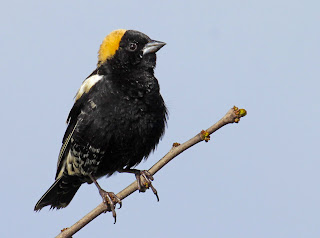 |
| Gray Tree Frog Hyla versicolor |
I rarely check my propane tank.
I suppose I should keep an eye on the gauge, but I am a "keep fill" customer of Schaul's Gas and I've gotten accustomed to their automatic deliveries. One less thing to think about - until the bill comes.
But I am in the process of moving west - to the Red River Valley of the North and today's the day I decided to check out what I have to do to shut off the utilities. The friendly woman at Schaul's gave me a formula for determining the value of the gas in my tank: % of a full tank x 5 x price of gas at my last delivery.
I went out to look at the gauge under the little mint-colored dome. That's when I noticed a rusty handful of steel wool. Maybe the delivery guy put it there to keep creatures from hiding under the dome?
 |
| The Surprise under the Dome |
The steel wool didn't do the job. Maybe it was the rust, or the recent wind, or maybe it's all about the frog - the pudgy, little, well-camouflaged, gray frog hunkered down behind the fill-gauge. What a nice surprise!
I could not resist the temptation to pick it up. It rewarded me by urinating on my hand - a defense mechanism. I couldn't believe how much urine that little frog released.
 |
| Gray Tree Frog Urinating on my Hand |
I also was amazed by the "feel" of its feet, clinging to my hand. I snapped a few photos, checked the gauge and headed back into the house to find its name: Gray Tree Frog.
These frogs have a special mucus they secrete from their toes that helps them cling to tree bark and smooth surfaces - like the propane tank. They are larger and have more toad-like (as in bumpy) skin than their "look-alike" cousins - the Cope's Gray Tree Frog and they have a very different song. Both have a bright yellow patches on the insides of their hind legs. And both can change color (like a chameleon - but the frogs need a little more time to make it happen) from green to gray.
What was she doing there? Hunting for insects. And by the size of her - looks like she's been doing well.
 |
| Gray Tree Frog Camouflaged on my Propane Tank |

















